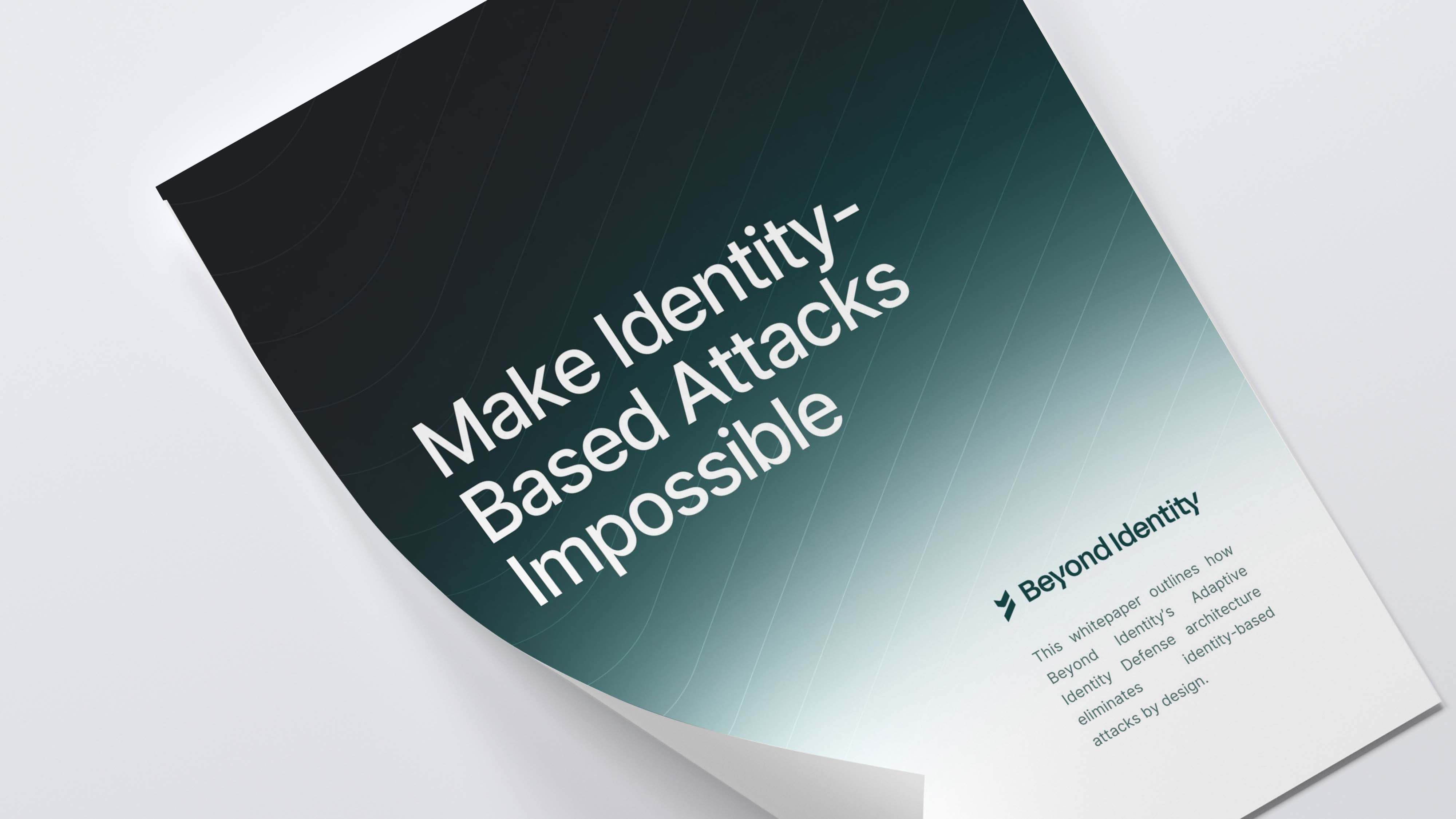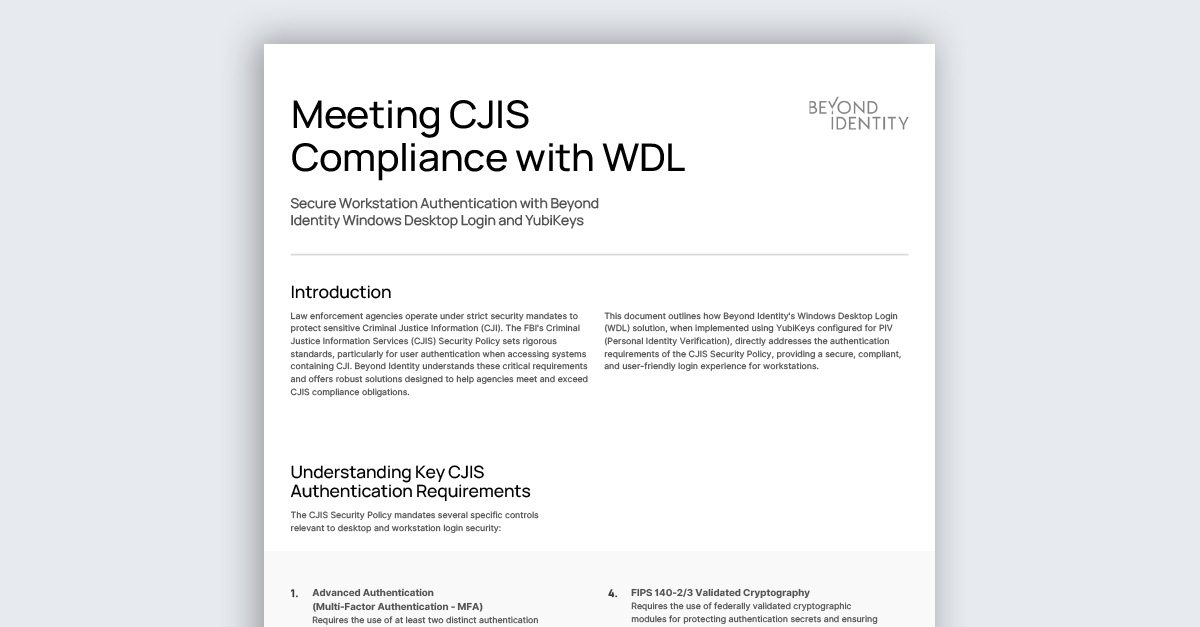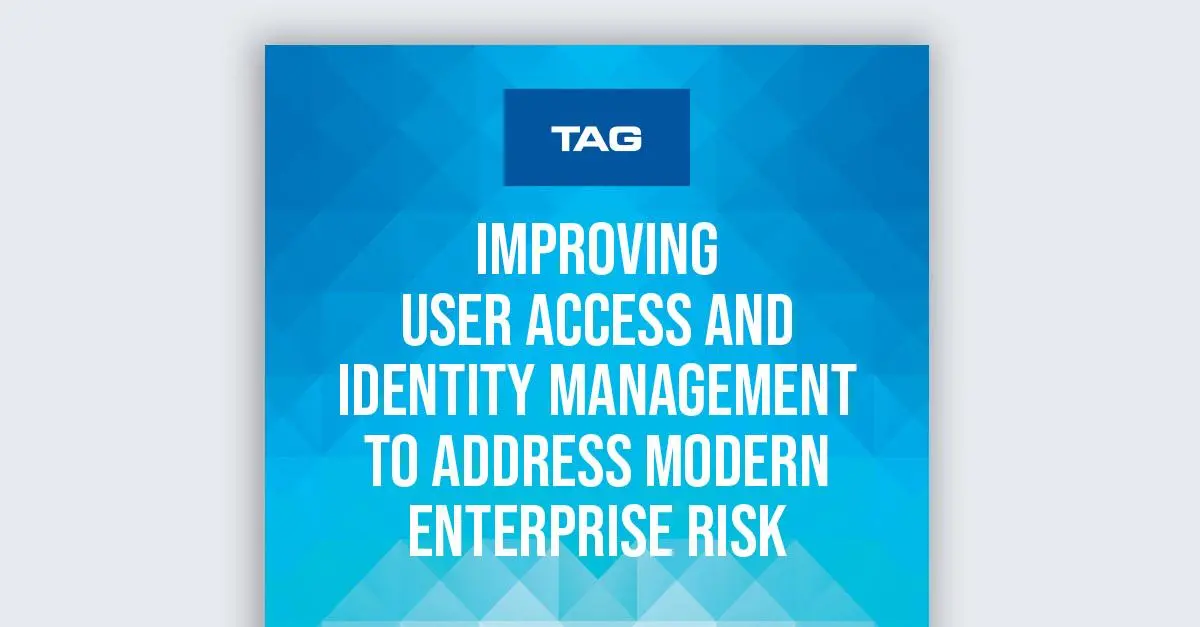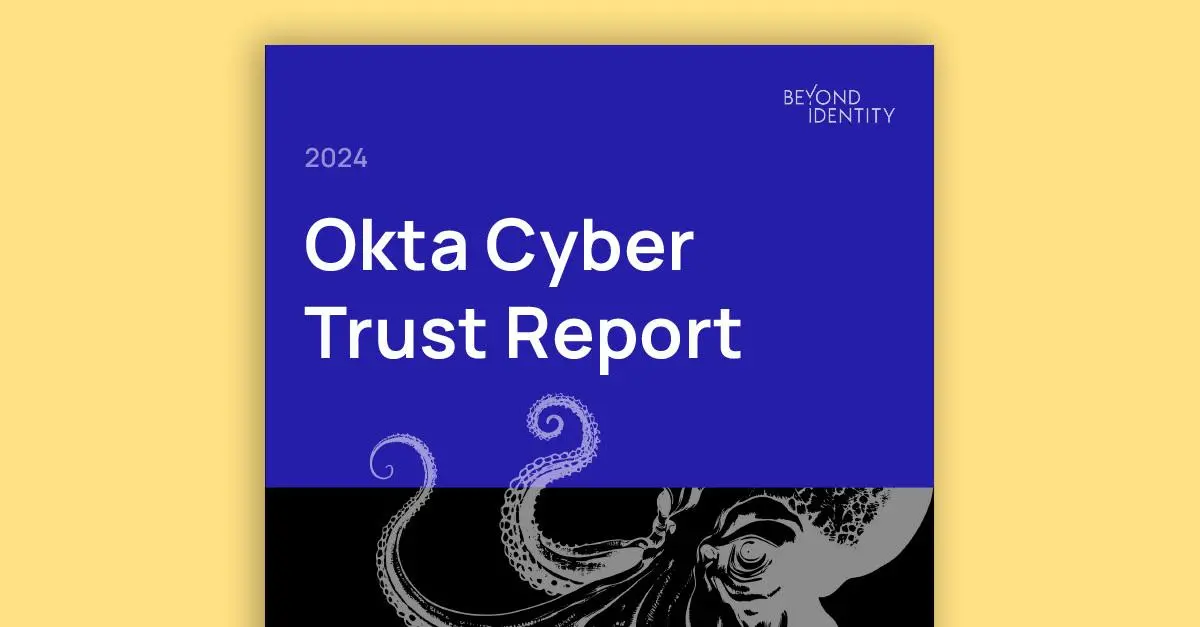
Secret Blizzard: A Russian MITM Operation Targeting Embassies (and Why Modern Identity Security Matters)
August 21, 2025
.png)
CrowdStrike Warns: Identity Is the Fastest Moving Threat Vector
August 12, 2025

Introducing the New Beyond Identity: Dare to Do Identity Differently
August 12, 2025
.png)
Hiring Fraud Is Costing You More Than You Think
July 22, 2025
.jpeg)
What Is Push Bombing? And How Beyond Identity Makes It Impossible
July 8, 2025
.png)
Scattered Spider: How to Effectively Defend Against This Aggressive Threat
July 1, 2025

Announcement: Beyond Identity Authenticator now in Kandji Auto Apps library
May 28, 2025
.png)
Static Access Control is Over: How to Make Real-Time Decisions with Integrated Risk Signals
May 16, 2025

Make Identity-Based Attacks Impossible
August 11, 2025

Meeting CJIS Compliance with WDL
May 27, 2025

PCI DSS Compliance with Beyond Identity
March 6, 2025
.jpeg)
Online Job Board Safety: How and Why To Avoid a Scam
March 7, 2024

ChatGPT's Dark Side: Cyber Experts Warn AI Will Aid Cyberattacks in 2023
February 29, 2024

Improving User Access and Identity Management to Address Modern Enterprise Risk
February 20, 2024

Okta Cyber Trust Report
January 5, 2024

Securing Remote Work: Insights into Cyber Threats and Solutions
October 30, 2023

GuidePoint Security's Pinehurst Golf Outing
November 12, 2025

GuidePoint Security Hershey Park Event
October 11, 2025

Innovate Cybersecurity Summit Scottsdale
October 5, 2025

GuidePoint Kohler Resort Executive Sporting Weekend
October 3, 2025

GrrCon Happy Hour
October 2, 2025

GuidePoint Security Indiana Golf Outing at Woodland Country Club
September 29, 2025

Defy Security's Texas Hold Em' Poker Tournament
September 18, 2025

GuidePoint Security's Fal.con Happy Hour
September 16, 2025


